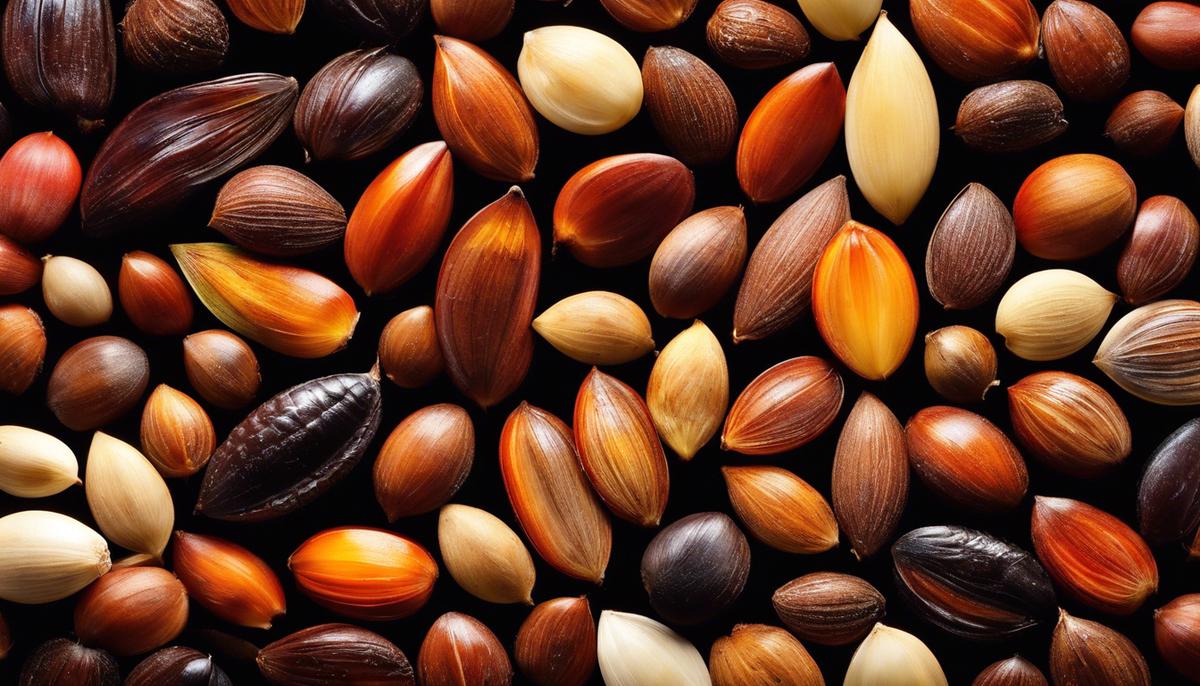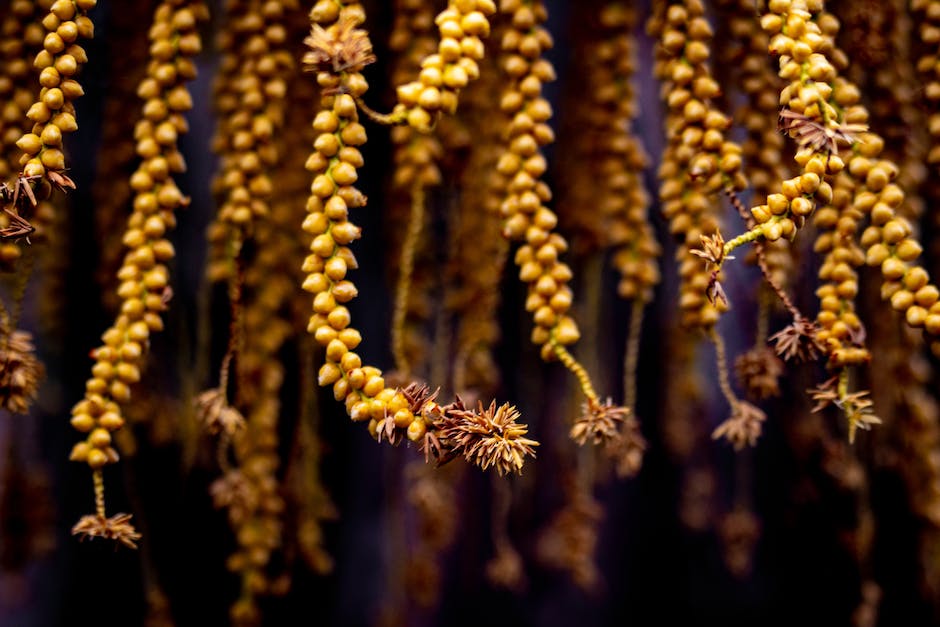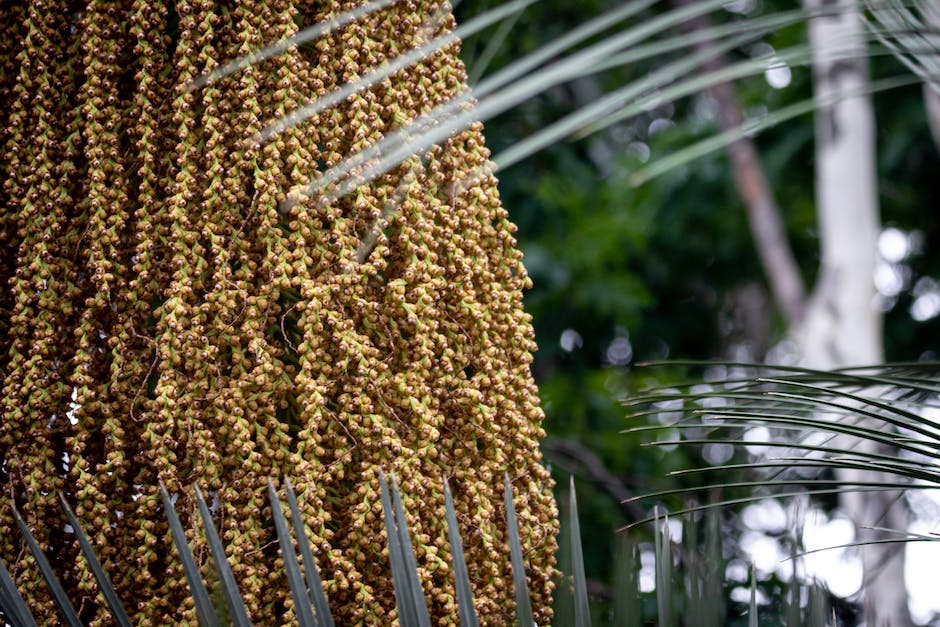Easy Steps to Plant Palm Tree Seeds

Have you ever marveled at the beauty of a palm tree and wondered if you could grow your very own? Starting a palm tree from seed may seem like a daunting task, but with the right knowledge and guidelines, it can be an exciting and rewarding process. This includes obtaining a basic understanding of palm tree seeds and their unique attributes like size, shape, and growth rate. Prepping the seeds and soil for optimal germination forms another crucial aspect. Is it enough to just put the seed in the soil, or are there specific requirements? Finally, we will dive into planting and caring for the seeds. In this journey from seed to sapling, you’ll discover the joy of nurturing a palm tree that could eventually become the centerpiece of your garden or yard.
Understanding Palm Tree Seeds
The Ins and Outs of Palm Tree Seeds: A Fascinating Study
Every hobby wake up the enthusiast in us and what could be more enthusiastic than exploring the wonders in the world of seeds – specifically palm tree seeds? As hobbyists, it’s only natural for us to be intrigued by not just the splendorous stature of palm trees, but the engrossing uniqueness of their seeds. Here’s everything that sets the palm tree seeds apart from other seeds.
First things first, let’s talk about size. Palm tree seeds are anything but petite! These fascinating giants boast one of the largest seed sizes of any plant in the world! This is quite unlike most common plant seeds, which tend to be relatively small in size. Take the Coco de Mer, an exotic palm found in Seychelles, which produces the largest seed in the plant kingdom weighing up to an astonishing 66 pounds!
Jumping from the largest to the smallest, certain palm tree seeds embody the valuable lesson of ‘size doesn’t matter’. The Guihaia argyrata, a dwarf palm also referred to as “silver palm”, leaves us intrigued with its small, no bigger than blueberry size seeds, proving every bit that tiny is mighty.
The scattering habit of palm tree seeds is another defining factor. Palm trees use what is aptly called ‘explosive dehiscence’ to distribute their seeds. The mature fruits literally explode and emit their seeds, bidding them a fruitful journey into the world. Unlike most other seeds, which largely rely on wind dispersion, palm tree seeds often employ a more adventurous method.
Additionally, palm tree seeds exhibit unique adaptability traits. From the harsh desert to the lush rainforests, these seeds thrive in diverse climates and environments. This adaptability is largely due to the durable seed coat, which provides significant protection and resistance to conditions that may not be as forgiving to other seed types.
Finally yet importantly, palm tree seeds’ germination patterns set them apart too. Whereas most seeds require a period of dormancy before germination, palm tree seeds do not necessarily need this rest period. They follow a ‘remote germination’ pattern where the first root can elongate and absorb nutrients without entering a state of dormancy.
A deep-dive into the world of palm tree seeds consistently uncovers these stark differences. And it is exactly these differences that contribute to their distinct appearance and varied adaptations, gripping the curiosity of hobbyists worldwide. So the next time you encounter a palm tree seed on your exploration, pause and appreciate the unique attributes it carries. Because now, you know these seeds are not just any seeds – they are palm tree seeds with their own intriguing story.

Preparing the Seeds and Soil
Palm tree seeds are beacons of resilience and adaptability. Each seed, regardless of its size, is equipped to endure various climates and environments. But to truly bring forth the tropical beauty these seeds encapsulate, they call for some carefully curated preparation techniques, both for the seed and the soil. So, if you’re ready to sow the seeds of your personal tropical paradise, here’s how to prepare palm tree seeds and soil for successful planting.
There’s more to palm tree seeds than meets the eye. To prepare them for planting, cleaning is step one. After being removed from the fruit, seeds should be rinsed properly with warm water until entirely free of the fruit’s pulp to prevent rot and disease. Cloaked in a hard exterior, these seeds might need a little coercion to make way for germination. In comes the technique of scarification; a method of gently sanding down the seed’s coat. This thinning of the seed coat aids in water absorption, catalyzing the germination process. After scarification, seeds should be soaked in warm water for anywhere from 24 to 48 hours, speeding up germination further.
Now, let’s shift our focus to the receiving end: the soil. Equally important as the seed preparation, the soil provides the nurturing environment in which our palm trees will take root and prosper. For palm trees, well-draining soil is key. They detest waterlogged roots. The soil should be light, airy, and be able to hold moisture without becoming too soggy. A mix of equal parts sand, perlite, or grit, and quality peat-free compost creates an ideal medium for palm seed sowing. This concoction enriches the soil with essential nutrients while providing the preferred texture.
Once the soil and seeds are primed, it’s time for the planting moment to shine. Position the seed sideways in the soil, halfway buried. This gives the seedling easy access to the surface. Maintain constant moisture but avoid overwatering. Pro-tip: use a seedling heat mat to maintain soil temperature around 85 degrees Fahrenheit, as palm seeds appreciate warmth.
The beauty of palm trees lies not just in their exotic allure but also in their intricate growth process. So while you watch these resilient seeds breach through the accommodating soil surface reaching skyward, remember, you’ve embarked on a journey that intertwines delicacy, resilience, adaptability, and patient cultivation. Welcome to the world of palm trees, my friend. Your tropical oasis awaits.

Planting and Caring for Palm Tree Seeds
Moving into the crux of the matter, let’s dive into the step-by-step instructions to cultivating your own majestic palm trees from mere seeds!
Step 1: Gather the Necessary Supplies
To start off on a successful palm seed cultivation journey, be ready with clean palm seeds, a well-crafted scarification tool, a planting pot with drainage holes, sandy soil or potting mix designed for cacti, and a seedling heat mat (optional).
Step 2: Scarify the Seed
With the aid of the scarification tool, gently scrape off the outer layer of the seed. This step, which harks back to our previous discussion on scarification, will aid in easier absorption of water, thus accelerating the germination process.
Step 3: Soak the Seed
Immerse the scarified seeds in a tub of warm water for about 24-48 hours. The soaking process mimics natural weathering processes, further boosting germination.
Step 4: Plant the Seed
Pour the porous soil mix into the drainage-enhanced pot, ensuring it’s filled halfway. Place the soaked seeds in the middle and cover them gently with soil. It’s essential to remember that planting too deep can hamper germination.
Step 5: Water and Maintain Moisture
Lightly water the pot, making sure the soil is damp but not waterlogged. The stage of maintaining constant soil moisture cannot be stressed enough, as it creates a conducive environment for palm seed germination without causing root rot.
Step 6: Heat Mat Utilization
One can always expedite the germination process by utilizing a seedling heat mat. Place the pot on the mat and maintain the temperature around 75-85ᵒF. But remember, this step is optional and not mandatory for successful growth.
Step 7: Patience is Key
While it’s easy to get anxious about the progress of your seeds, patience is most certainly a virtue in palm tree cultivation. Most palm seeds may take anywhere from 6 weeks to several months to germinate, depending on the species, so patience is indeed an essential component of the process.
The journey of palm tree cultivation, from planting seeds to nurturing their growth, is an exhilarating experience. It is a testament to the irrefutable fact that the journey is indeed as important, if not more, than the destination itself. Lastly, remember to reciprocate their loyalty with your consistent attention, and you’ll have a robust, majestic palm right at your home or garden. Happy planting!

With this knowledge on palm tree seeds and their growing requirements, you are better equipped to successfully plant and maintain a palm tree. Proper preparation, a clear understanding of the growing process, and diligent care will help you cultivate a thriving plant. Each palm seed holds the promise of a majestic tree, ready to add an exotic touch to any landscape. As you nurture your seed into a sapling, and ultimately a tree, remember to be patient – just as a tiny seed takes time to transform into a towering palm tree, so too does learning and mastering any new skill. Happy planting!



